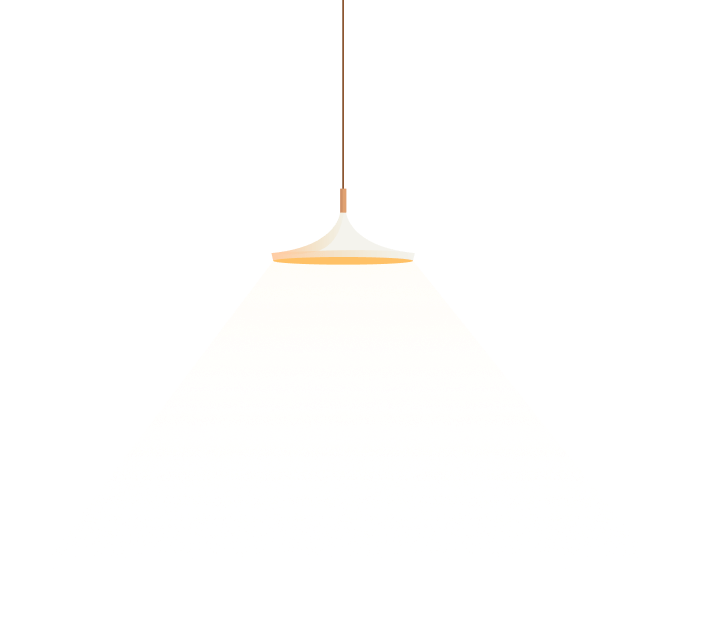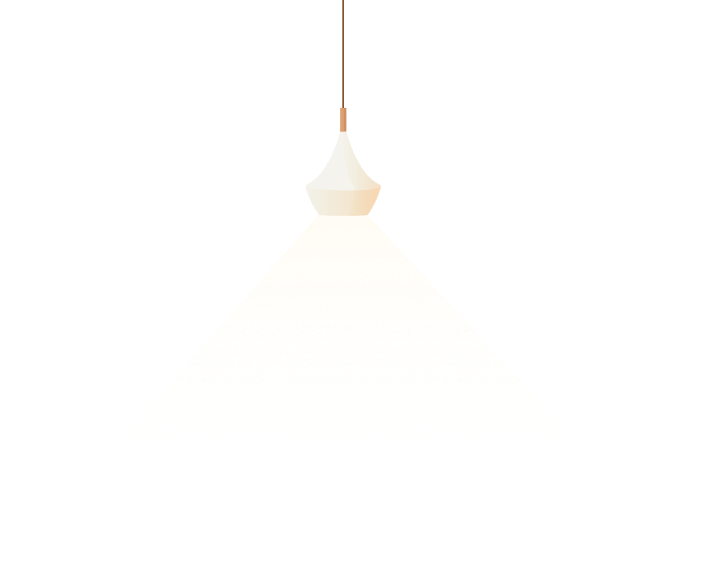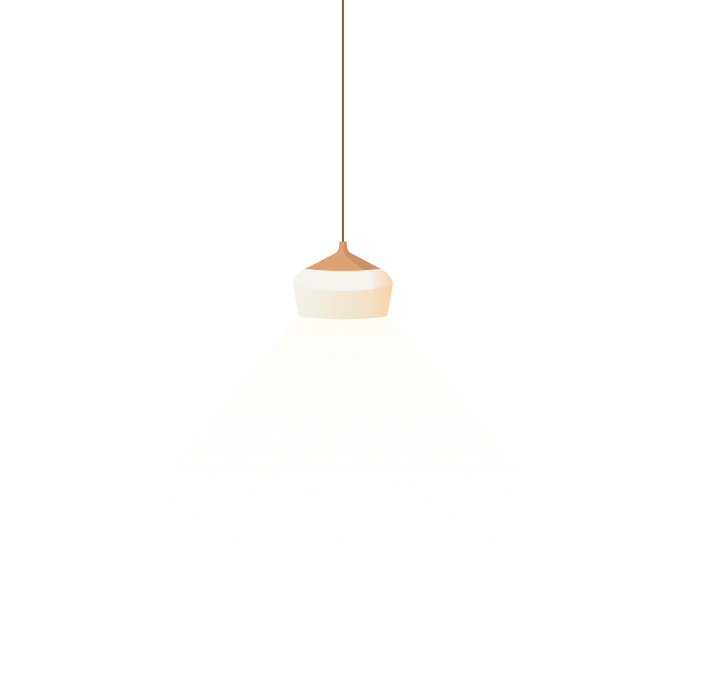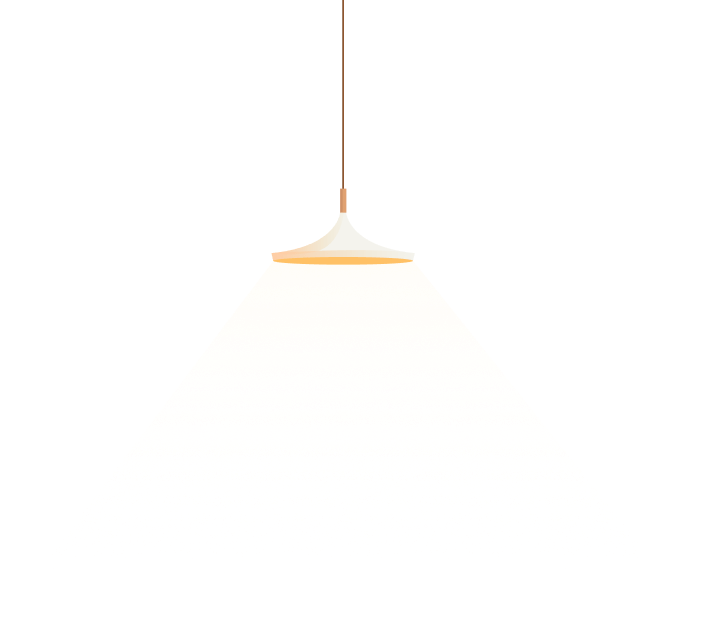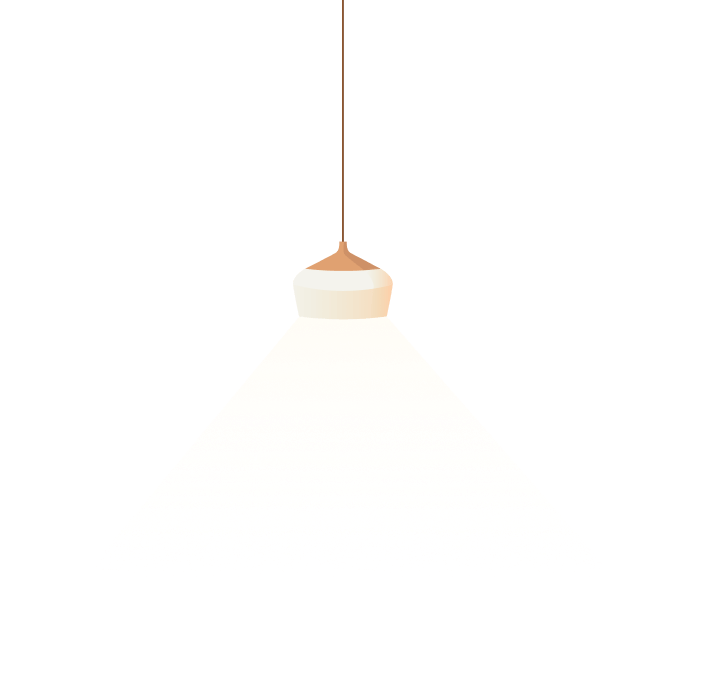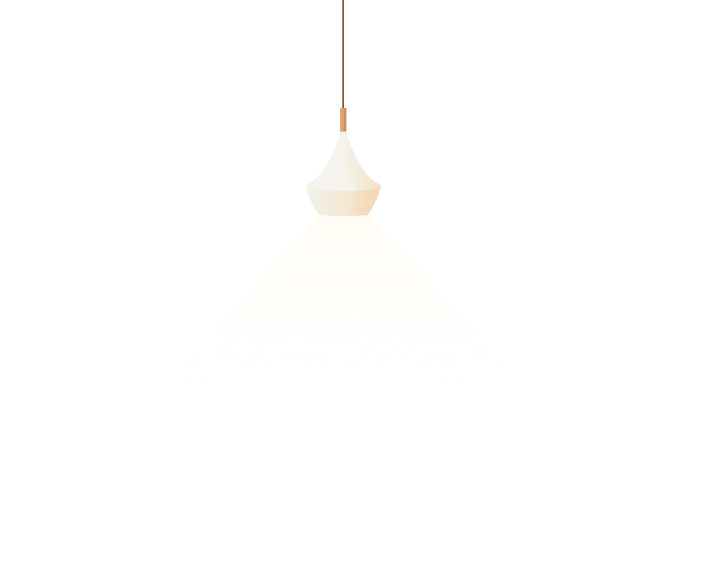The Ins and Outs of Cost-Plus Home Building Contracts
When embarking on the journey of building your dream home,one of the key decisions you’ll face is choosing the right type of construction contract. Among the various options,the cost-plus home building contract is gaining popularity for its transparency and flexibility. In this article,we’ll delve into what cost-plus contracts entail,their advantages,potential drawbacks,and key considerations.
Understanding Cost-Plus Contracts:
A cost-plus home building contract,also known as a cost-reimbursement contract,is an agreement between the homeowner and the builder where the builder is paid for the actual costs incurred during construction,along with an agreed-upon fee or percentage for profit and overhead. In essence,it’s like hiring a builder on a cost-plus basis,where the homeowner reimburses the builder for expenses.
Advantages of Cost-Plus Contracts:
1. Transparency: One of the most significant advantages of cost-plus contracts is transparency. Homeowners get detailed insight into every expense,including materials,labor,subcontractor fees,and other construction costs. This transparency can help build trust between the homeowner and the builder.
2. Flexibility: Cost-plus contracts are highly flexible. They allow homeowners to make changes or upgrades during the construction process without the complications often associated with fixed-price contracts. This flexibility ensures that the homeowner’s vision is met,even if it evolves over time.
3. Quality Control: Since homeowners have full visibility into the cost breakdown,they can better monitor the quality of materials and workmanship,ensuring that their home is built to their exact specifications and standards.
4. Cost Savings: In some cases,cost-plus contracts can lead to cost savings. Builders have an incentive to control costs effectively,as their profit is often a percentage of the final expenses. This can result in cost-conscious decision-making.
Potential Drawbacks of Cost-Plus Contracts:
1. Uncertainty: The primary drawback of cost-plus contracts is the potential for cost overruns. Since the homeowner is responsible for paying the actual costs,there is less predictability about the final cost of the project. Unexpected issues,such as construction delays or unforeseen structural problems,can lead to higher expenses.
2. Reliance on Trust: While transparency is a significant benefit,cost-plus contracts require a high level of trust between the homeowner and the builder. Without trust and effective communication,misunderstandings can arise,leading to disputes over costs and fees.
3. Limited Cost Control: Homeowners who are highly cost-conscious may find it challenging to control expenses in a cost-plus contract. While the builder has an incentive to control costs,the homeowner ultimately bears the financial burden of any cost increases.
Key Considerations for Cost-Plus Contracts:
1. Clearly Defined Terms: Ensure that the contract clearly defines the builder’s fee structure and how costs will be calculated,documented,and reported. Specify the method for determining the builder’s profit and overhead.
2. Regular Reporting: Establish a system for regular reporting and review of expenses. Builders should provide detailed invoices and receipts to keep homeowners informed about project costs.
3. Change Orders: Clearly outline the process for change orders in the contract. Specify how changes in the scope of work or materials will be documented,approved,and priced.
4. Dispute Resolution: Include a dispute resolution clause in the contract to address any disagreements that may arise during construction. Mediation or arbitration can be more cost-effective and less time-consuming than litigation.
5. Contingency Funds: It’s wise to include a contingency fund in your budget to account for unexpected expenses. While cost-plus contracts provide transparency,they may not prevent unforeseen issues from arising.
Is a Cost-Plus Contract Right for You?
Whether a cost-plus home building contract is right for you depends on your priorities,risk tolerance,and level of involvement in the construction process. If transparency,flexibility,and a hands-on approach are important to you,a cost-plus contract might be a suitable choice. However,if you seek more predictability and cost control,you may prefer a fixed-price contract.
In conclusion,cost-plus home building contracts offer transparency and flexibility,making them an attractive option for homeowners who want to actively participate in the construction of their dream home. However,open contracts can allow cost overruns beyond the scope of the owners ability to qualify and or afford. Most construction loans only require a fixed contract which can be much safer.
